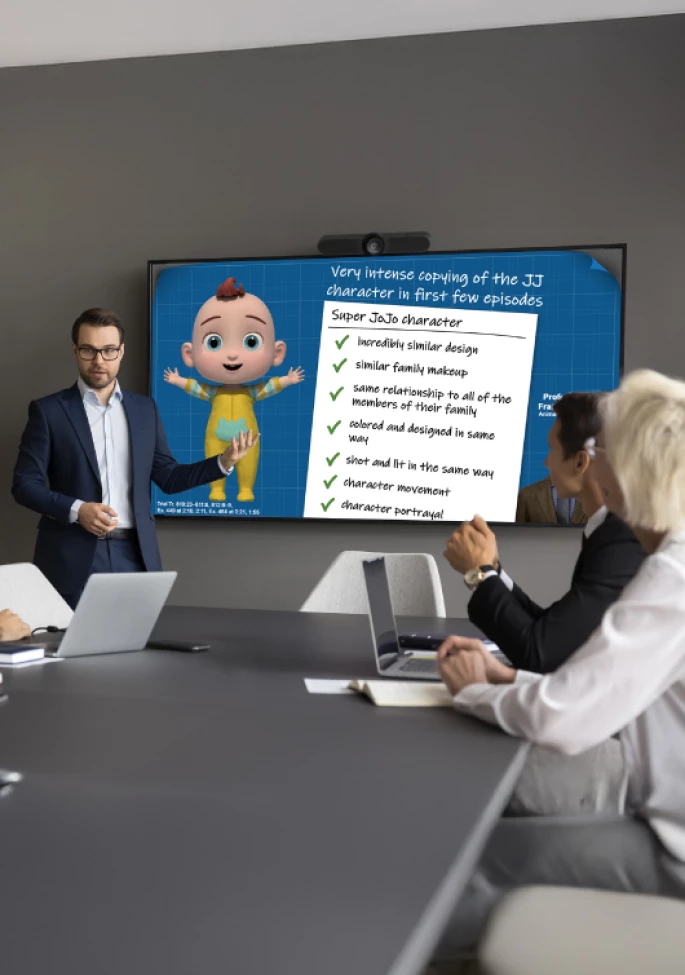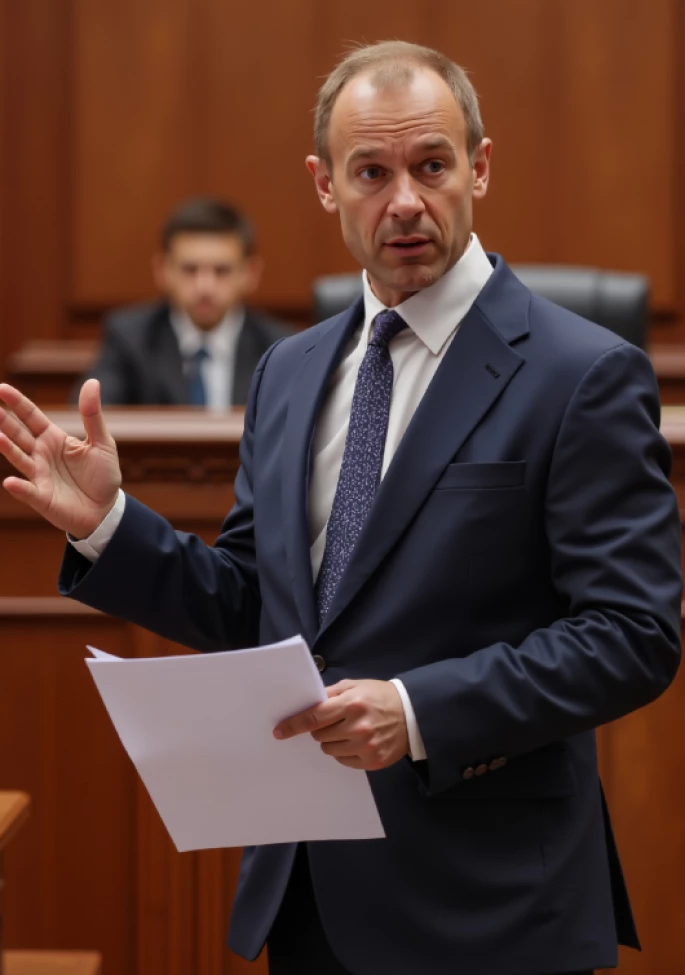Eliciting bias and obtaining cause challenges should be the primary objectives of voir dire. Each juror you are able to remove for cause is essentially equivalent to having an additional peremptory strike that your opponent does not. Indeed, a successful voir dire should tilt the playing field in your favor by eliminating nearly all the jurors who are predisposed to reject your story of the case before you ever get around to exercising your peremptories. In almost every case where we have sat a great jury, it was because counsel was effective at eliciting bias against our case or client, and at getting multiple jurors to admit they could not be fair.
But getting a juror to announce that they cannot be fair or is unable to follow the court’s instructions is no small feat. The pressures to provide a socially desirable response are heightened by the formality of the courtroom, the presence of other jurors, and the intimidating superiority of the judge. With limited time for voir dire, we understand why so many attorneys go in for the “kill question” too soon after a juror reveals a potential bias, but the value of a cause strike is worth the time it takes to lead the juror down a hole that will make it almost impossible for them to claim they can be completely fair and impartial. We recommend that counsel engage in the following sequence of steps aimed at encouraging jurors to say they cannot be fair after they have revealed experiences or attitudes that make them an undesirable juror for your case.
Note that this series of cause sequencing assumes that the juror has already revealed potential sources of bias in a supplemental juror questionnaire or in general voir dire questioning. Read more on getting jurors to reveal their biases here.
Step 1: Put the Jurors at Ease
Making jurors feel comfortable opening up to you is the first step to getting them to speak candidly about their biases. One technique for putting jurors at ease is to provide a little personal information about yourself, to the extent permitted by the judge, within an example of acceptable bias. For instance, counsel might mention that he coaches his daughter’s soccer team and, even though he generally considers himself a fair person, he could not be a completely fair and impartial referee if he were asked to officiate the league’s championship game. An example such as this humanizes the attorney while also illustrating that bias is perfectly acceptable in some situations—and being a referee is not all that different from being a juror.
Another technique for putting jurors at ease is to get them talking about themselves. I have seen one attorney ask jurors he wanted to be excused, “Tell me what makes you good at your job.” This seemingly innocuous question gets jurors to open up and also makes them feel good about themselves. Once jurors have established to others that they are a good person, they are more likely to speak candidly about their negative feelings as well.
Step 2: Remind Jurors What They Said
Reminding jurors exactly what they have said earlier in voir dire or on their questionnaires—in the jurors’ exact language—also has a dual purpose. For one, it helps establish and strengthen a record of what the juror actually said. This is particularly important when a judge has not carefully read the juror questionnaires or is not taking detailed notes of jurors’ responses, as well as when juror questionnaire responses do not become a part of the appellate record. From a psychological perspective, reminding jurors of what they have said also forces them to commit to the position, such that they would feel like a hypocrite if they were to later recant.
Step 3: Ask Jurors to Elaborate
Getting jurors to elaborate on something that they have previously written or said further strengthens their commitment to that position and digs them deeper in the hole. Phrases that elicit elaboration include simple ones such as, “Tell me more about that,” and “What experiences led you to develop that opinion?” Other questions that strengthen juror commitment are those like, “How long have you held that belief?” and “Was that an important experience to you?”
Step 4: Acknowledge It Would Be Tough to Change
Cause sequencing is all about strengthening the juror’s commitment to a given position. In psychology, the theory of cognitive dissonance explains that there is a tendency for humans to seek consistency between their actions and beliefs, and, when faced with a decision, individuals will either act in ways that are consistent with previously expressed opinions or fundamentally change their beliefs. Essentially, the more a juror expresses a given belief (e.g., that corporate witnesses would lie under oath to protect profits), and that it would be difficult to change that belief, the more likely it is that the juror would stand by that belief and admit it could not be set aside. Thus, the fourth step in the cause sequencing is to get the juror to further commit to their position by acknowledging that it would be difficult to change.
Questions for this stage would include those such as, “How likely is it that you’re going to stick to your guns on this belief?” and “How difficult would it be for me to change your mind about that?” Notice that both of these questions refer to “how likely” or “how” difficult”—as opposed to whether it would be likely or difficult—because we want jurors to express beliefs in their own words so that they fully take ownership of them, not just provide a simple “Yes” or “No” response.
Step 5: Throw the Softballs
Now that you have gotten the juror to commit to the belief, the next step is to ease the juror into admitting that the belief would affect them in this case. While it might be tempting to go for the kill questions at this point (i.e., “Would that make you unable to be fair and impartial?”), it is better to lead the juror down that path more subtly.
Empirical research shows that jurors are less likely to say that they “cannot” or are “unable to” do something than to admit that they would “have difficulty with” or “struggle with” something. (Likewise, jurors are reluctant to admit they would “have a problem with” something!) Consequently, we recommended using softer language to get the juror to admit they would be affected in this case. Examples would include, “Might that experience color how you look at the evidence in this case?” and “How difficult would it be for you to just set all that aside and render a verdict solely on the evidence?” We also advise reminding jurors of what they have said again in this stage: “Given that you said you think corporations can’t be trusted, would it be a struggle for you to treat corporations and individuals equally in this case?” or “Given your own experience with losing your mom to cancer, is it fair to say you’d start out leaning in favor of the plaintiff?”
Step 6: Go in for the Kill
Now that the juror has expressed their bias and how it would affect them in this case, you are best situated to get the juror to agree to the judge’s or statute’s “magic words.” For most judges and jurisdictions, this usually refers to the jurors’ ability to be fair and impartial, but some judges have higher standards (e.g., an inability to follow the court’s instruction) or lower standards (e.g., providing an “unequivocal assurance” of impartiality). Thus, it is important to know the statutory language and applicable case law in your jurisdiction prior to jury selection.
Even these kill questions may be manipulated slightly to maximize your chances of securing the cause challenge, as subtle differences in wording can influence jurors’ responses. For example, empirical research shows that jurors are more likely to give a “Yes” response than a “No” response, regardless of the question posed. Therefore, we recommend posing questions such that the desired response is a “Yes.” (e.g., “Would those strong feelings make it too difficult for you to follow the judge’s instructions?” versus “Would you be able to follow the judge’s instructions?”)
Support By Your Side
Generally, following the steps outlined above should help you secure more cause challenges, giving you a competitive advantage over your opponent. However, since each case presents individual issues and challenges, we always recommend involving a jury consultant to help determine which questions are the best to ask in your particular case. Your consultant can also suggest questions that are appropriate for cause sequencing and assist with the very important role of recording jurors’ verbatim responses during voir dire so that you can effectively argue your cause challenges before the trial judge.





